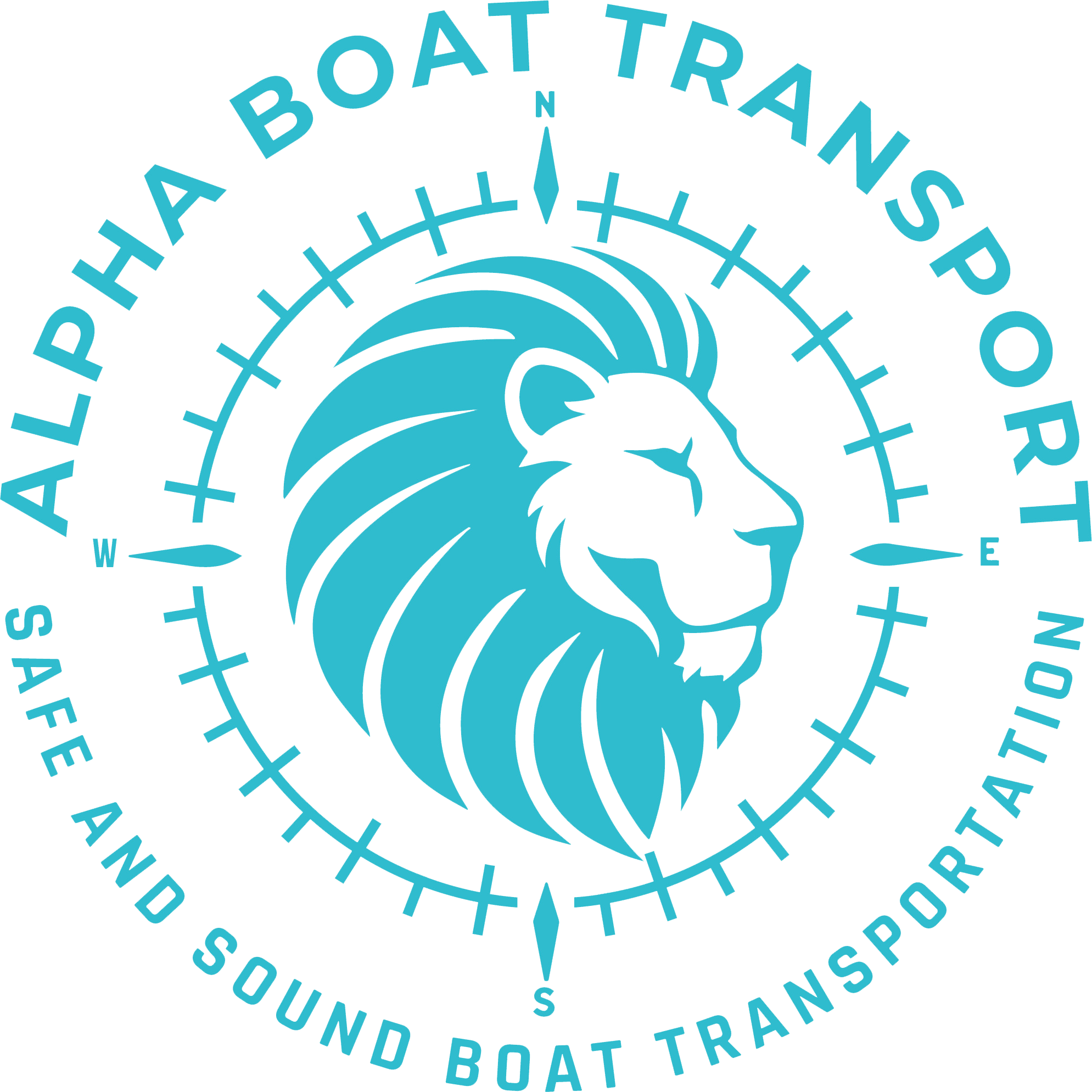Why smart trailer technology boat transport is reshaping how vessels hit the highway
So here’s the thing. You’ve got a 28-foot center console, freshly detailed, ready to make the haul from a marina on Lake Erie down to that sunny slip in Fort Myers. But as anyone who’s done this run before knows — especially once you hit tight routes during fall — one small misstep and boom, you’re jackknifed on I-75 or worse, stuck under a 13’6” overpass outside of Chattanooga. Welcome to the hidden gauntlet of boat transport headaches — unless you’ve got smart trailer tech on your side.
Now picture this: it’s late October 2025, roads are slick with leaf runoff, frost warnings blink on your weather app, and the highways are crawling with leaf-peeping traffic. But your trailer — your smart trailer, that is — has already pinged you about imbalance in your tire pressure. Before sway threatens to throw your vessel into the guardrail, brake sync and lateral sensors compensate in real-time. It’s not futuristic. It’s happening already, driven by new IoT deployments and transport regulation shifts.
According to industry data from https://www.databridgemarketresearch.com/reports/global-boat-trailer-market, the market is ballooning, with shipments of over 11.27 billion tons in 2024 across U.S. highways — and wide beam boats are claiming a bigger slice of that freight pie. Hauling big watercraft isn’t casual work anymore — it’s precision logistics with smart trailers offering the edge.
The top boat hauling challenges smart trailer tech solves in 2025
Let me tell you something — it used to be that hauling a boat meant praying your buddy’s dual-axle steel rig wouldn’t blow a tire crossing into Georgia. These days, the game’s changed. Smart trailer technology solves key issues every boat hauler faces:
- Real-time sway detection: Prevents catastrophic fishtailing at highway speeds
- Tire pressure monitoring systems (TPMS): Sends live alerts on inflation irregularities
- Automatic brake diagnostics: Flags brake line issues before descent grades and crisis zones
- DOT route integration: Syncs with bridge clearances and axle limit data
That last one — bridge clearances? Crucial. I’ve seen guys underestimate by two inches and take out tower glass and radar — $25K gone in a blink. The smarter the trailer, the sooner it tells you, “Hey pal, duck.”
And for hauls over 8.5 feet wide? Many states, like Minnesota, go full lockdown from Friday 4pm to Sunday 8pm during prime fall weekends. (Don’t even bother trying to roll without the required escort if you’re over 10 feet.)
Expert take: The role of connected sensors in wide vessel compliance
I was talking to a DOT escort coordinator out in Wisconsin — woman’s been routing Catamarans since flip phones. She told me this: wide load violations have dropped nearly 14% in states with smart trailer mandate incentives.
Why? Because connected sensor systems don’t just track — they predict. Torque drift, pitch shifts under braking, axle weight transfers — all report upstream to trip planners and dispatch. So when you’re pushing through places like Virginia or the Appalachian corridor, the trailer’s already adjusted.
Now, where does Alpha Boat Transport come in? These folks get it. Their teams prep trailers with these integrated systems, especially for long-distance boat hauling jobs that cut through high-restriction states. It’s not just about avoiding DOT fines, it’s about avoiding nightmares.
How Alpha Boat Transport’s tech-forward strategy compares
Listen, every Tom, Dick, and Sal says they “specialize” in boat hauling. But when you talk to Alpha — and yes, I’ve worked with ’em — you feel their prep protocol. From tip-to-tail structural checks to pre-trip ballast balancing, every rig’s mapped against its smart diagnostics. You don’t wanna be half a mile into a bridge with your system telling you you’re over axle weight.
This level of detail shows up across Alpha’s services — whether you’re booking from New Jersey to Florida or hauling a pontoon through Texas.
Check it for yourself: long-haul east coast boat shipping is where their integration really shines.
Apps and overlays: Connecting your trailer to DOT feeds in real time
So anyway — here’s what makes smart trailers even smarter in 2025. They now link to live DOT feeds through your phone or dispatch screen. I’ve watched this in action during a trip downstate New York. The trailer picked up a routing issue — a low-clearance bridge suddenly restricted due to construction detour — and re-routed the load while factoring axle weight zones.
Add to that overlays for frost zones and load-sensitive pavements like you’ll find in Michigan after Labor Day… and you’re talking full-spectrum risk dampening. If your trip planner isn’t using this tech? Find a new one.
And by the way, Alpha’s teams fold all of this into their route setups — from South Carolina midpoints to longer Gulf Coast tugs. Check out how they handle it at regional optimized transport.
Trailer width caps and the 8.5-foot pain point no one talks about
Here’s what drives me nuts. Everyone thinks, “Oh, 8.5 feet is the fed highway max width, I’m safe.” Not so fast. You hit back roads in northern states — you’re squeezing to 8 feet, even less near certain townships. Ever tried navigating a 102-inch load through Vermont during peak fall colors with every Ford Escape parked halfway in the road? Good luck.
That’s where smart tech steps in again. Side clearance sensors plus lane deviation feedback help haul this wide without playing chicken with mailbox posts. And escorts? Yeah, smart trailers don’t eliminate them — but they often make their job way easier.
For folks not sure about trailer size and rules, Alpha offers solid prep guides. See their checklist prep right here.
Sway mitigation 101: When your $600K yacht meets crosswinds in Kansas
Let me paint you a real picture. I was running a 12’ beam yacht transport through the Plains — trailer flagged sway at 30mph without visible cause. Wind shear. Smart sensor onboard caught increased yaw variance from the port wheels compared to starboard. Adjusted brake calipers electronically.
You need to understand: uncontrolled sway doesn’t just wreck trailers. It wrecks lives.
Standard trailers won’t catch it until it’s too late, maybe. Smart trailers — with multi-axis stability systems — turn those red flags into alerts you can act on.
Case in point: Alpha’s transports now incorporate this into their emergency contingency routing. If you’re looking for high-beam watercraft hauling with this tech baked in, they’ve got mega yacht systems dialed.
Frequently Asked Questions
What is smart trailer technology in boat transport?
Smart trailer technology in boat transport integrates sensors, brake diagnostics, and real-time monitoring to increase safety and compliance. It’s especially useful for oversized boats, helping haulers navigate state regulations and changing road conditions.
Are smart trailers worth it for long-distance boat hauls?
Yes. For long-distance boat hauling, smart trailers reduce breakdown risks, alert you to haul issues early, and ensure compliance with different state DOT rules. Alpha Boat Transport integrates this tech across many of their long-route services.
Can smart trailers help avoid DOT fines?
Absolutely. By syncing with allowed axle weights, bridge clearances, and route restrictions, smart trailers reduce the chance of non-compliance — especially important for oversized, wide beam vessels.
Do smart trailers replace the need for escorts?
Not fully. Escorts are still required for loads over specific widths — like 10 feet in some states — but smart trailers make the journey smoother and help those escorts do their jobs more effectively.
How does Alpha Boat Transport use smart trailer tech?
They incorporate IoT-enabled tracking, tire pressure systems, and brake diagnostics to ensure safety and boost reliability across everything from sailboat shipments to catamaran hauls.
Is there an app to monitor smart trailer features?
Yes, many systems now come with mobile apps that show sway conditions, braking health, and even DOT bridge data. Alpha’s dispatch teams use these tools extensively to plan safe West Coast paths.
Do insurance companies recognize smart trailer benefits?
You bet. Some insurers now offer discounted premiums if you’re using smart trailer modules — especially those with predictive maintenance functions. Keep that in mind.

